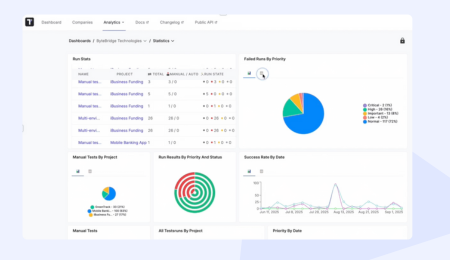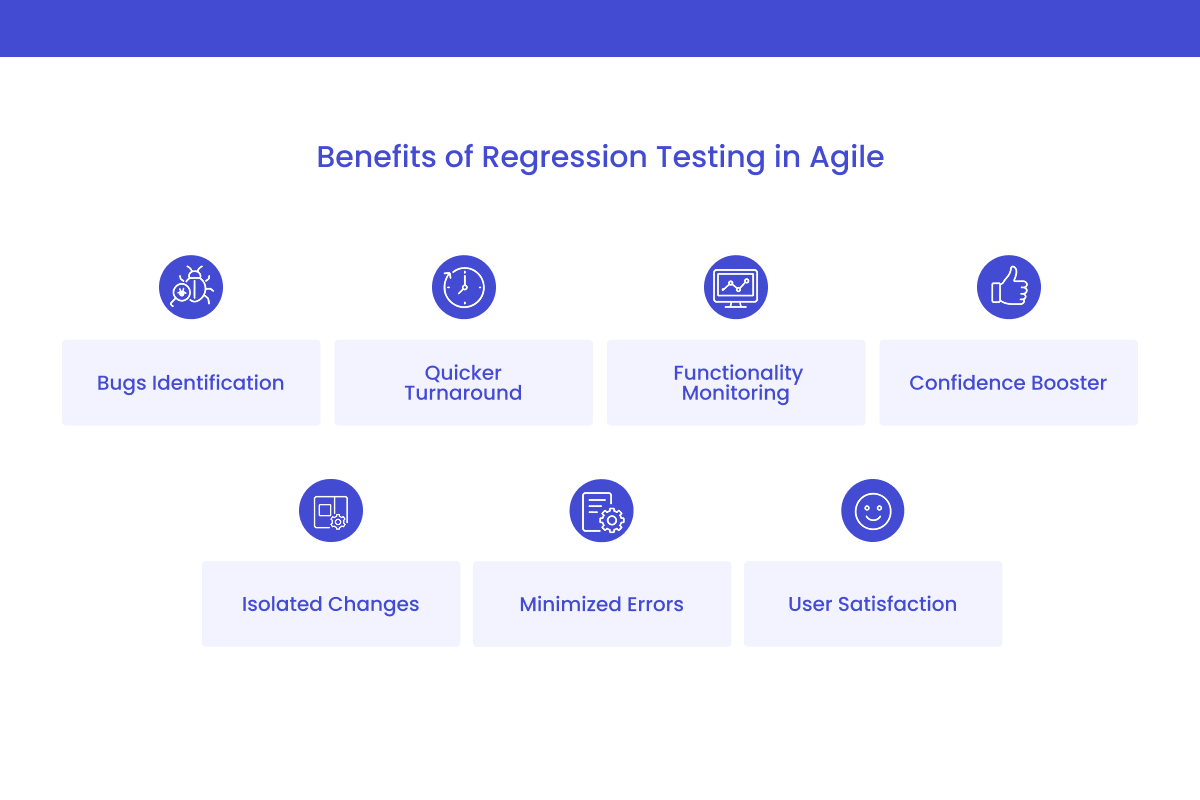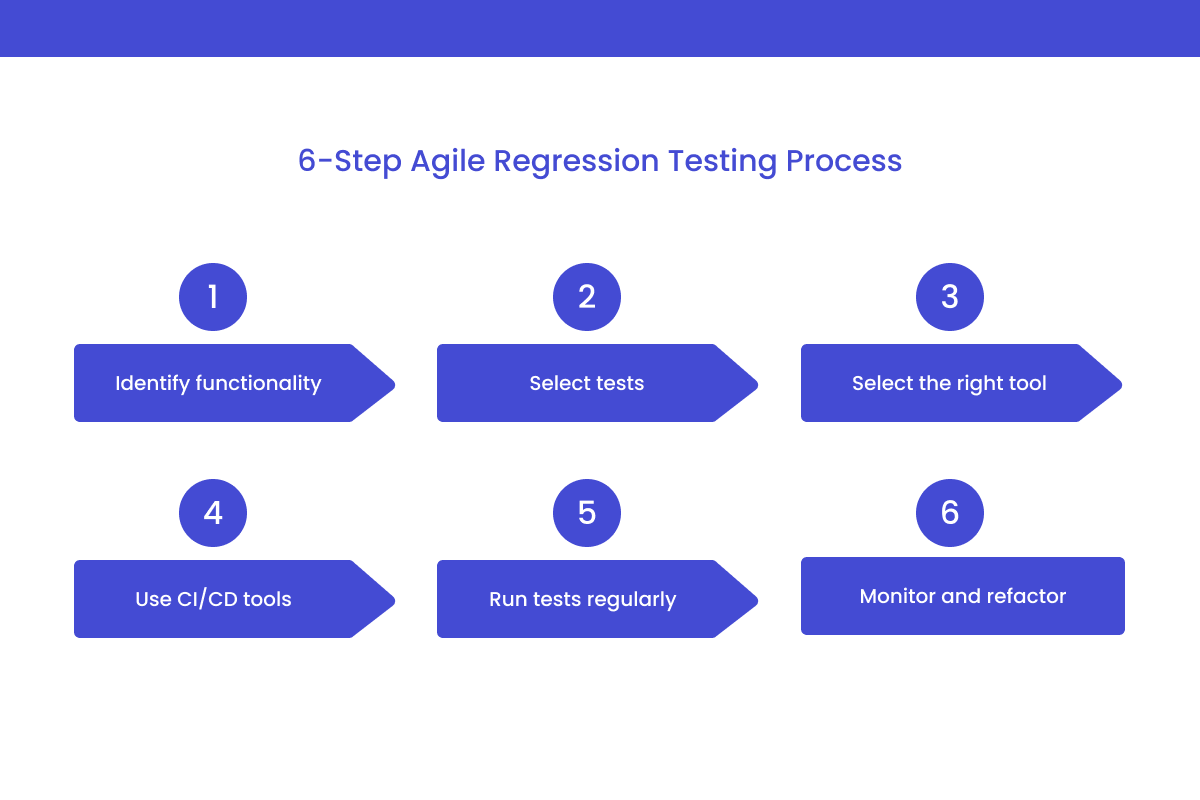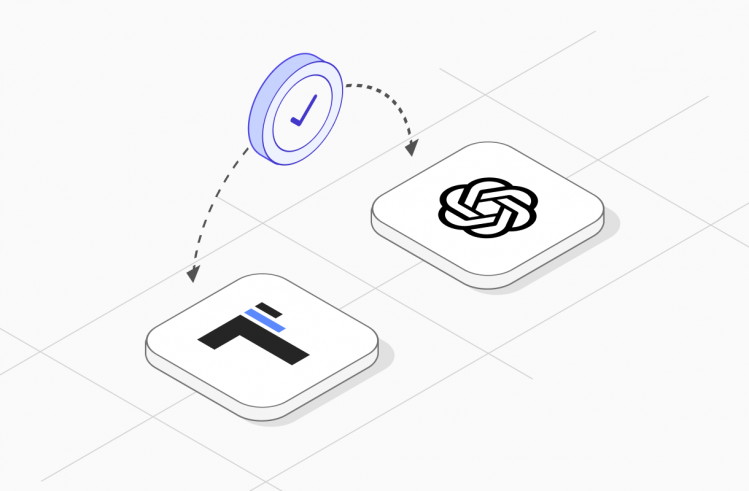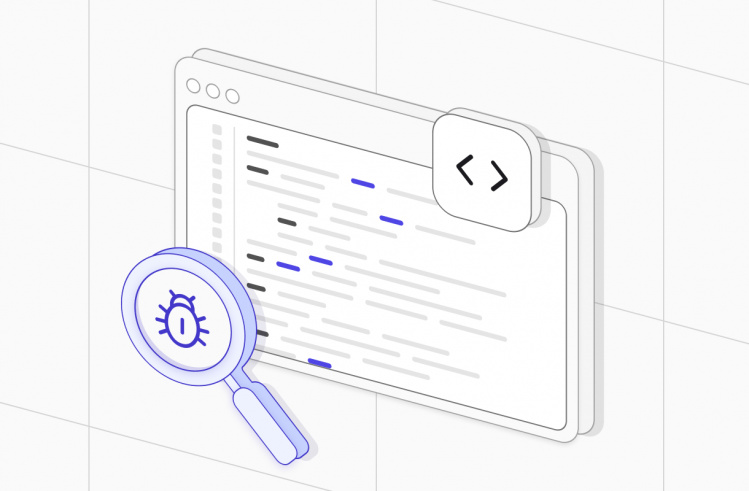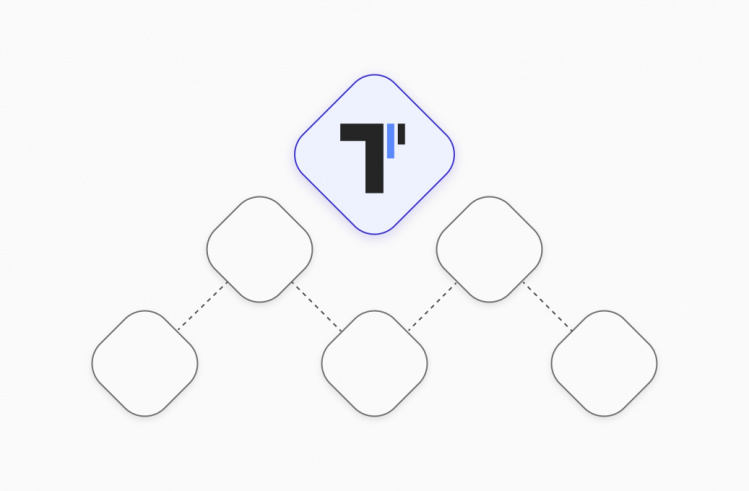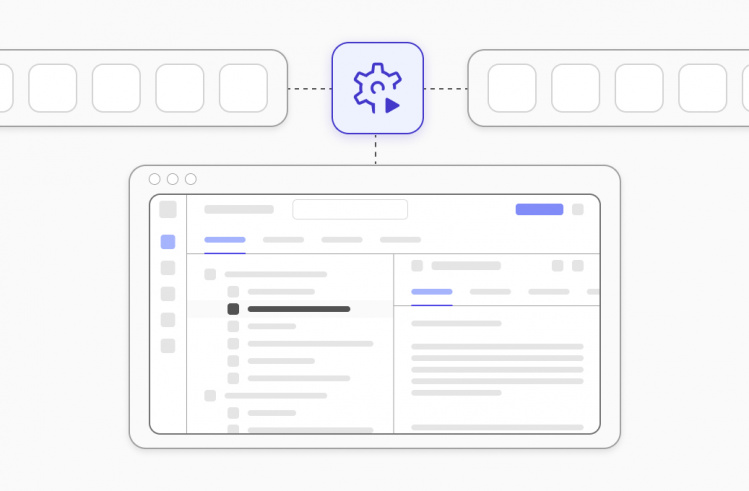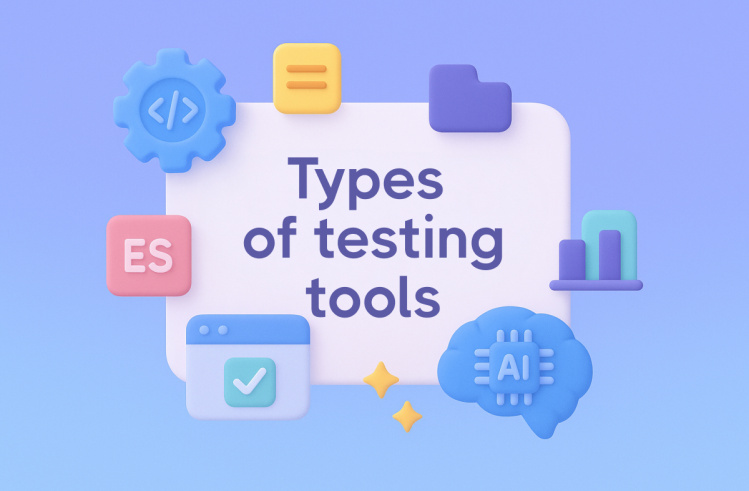Agile adoption has reshaped development and testing, boosting teamwork and responsiveness. With frequent sprints and continuous integration, teams must prevent updates from causing issues.
Thanks to complete regression testing in Agile methodology, they can catch critical bugs that significantly influence the performance much earlier. In the article below, we are going to review the importance of regression testing and how to run it in Agile teams, highlight the regression testing lifecycle, showcase benefits, and introduce the best software regression testing practices.
What is Regression Testing?
As a type of testing, regression testing allows development and testing teams to make sure that newly introduced updates in the codebase don’t break or change the existing application functionality. For example, these code changes could include adding new features, fixing bugs, updating a current feature, or incorporating changes in the test environment. In other words, during regression testing, they re-execute test cases that have been cleared in the past against the new version to make sure that the app functionality continues to function well after modifications. Furthermore, regression testing is a series of tests, not a single one, performed whenever you add new code.
Smoke and Sanity Testing: What Are They?
However, when teams perform regression tests, it is important to mention the smoke and sanity ones.

Smoke Tests. In the QA process, smoke tests are the first line of defense, which are run early in the SDLC to catch major issues while development is still in progress. These initial tests pinpoint any major bugs, which have been discovered during development. Only after these checks are passed does sanity testing begin.
Sanity Tests. Performed on stable builds with recent code changes, this type is used to confirm that recent updates haven’t disrupted key functionality and that the build is ready for more extensive regression testing.
When smoke, sanity, and regression are used together, they create a more stable and secure release process. While smoke testing verifies functionality in isolation, skipping sanity and regression means that teams might miss larger problems, which often appear only when different components of the software interact.
On the other hand, depending only on sanity or regression testing can result in inefficient cycles of tests. Teams might waste valuable time validating recent features and re-verifying old ones, and lack the quick effectiveness that smoke testing offers at the start. Knowing that, QAs should combine all three methods to carry out a faster QA process and provide more certainty with each new release.
Regression Testing in Agile: How It Works
Agile is a flexible approach which can be applied in the management and organization of tasks. When you use it for QA activities, you should consider all the requirements and new changes throughout the process. With regression testing in Agile process, you can break down big, complex tasks into smaller and more manageable ones. Thanks to this dominant feature of this approach, all functionalities work under the given requirements in an agile environment. Regression testing in Agile development is made up of the following parts:
- Preparation. Teams get together to create Agile test plans, which include automated and manual regression testing strategies, and discuss the scope of features that need to be implemented and tested.
- Daily Scrum meeting. Teams communicate daily to track the progress of testing, draw reports, and provide re-estimation of all the tasks due to possible problems, changes, or improvements.
- Review. Teams analyse the progress of the software testing process and compare expected results with the real outcome.
- Release Readiness. Teams decide which features are ready for customers or end users and which ones are not.
- Impact Analysis. Teams find areas which can be improved. They discuss their overall performance and the tools used to find actions they can take to make the QA process more effective in future iterations.
It is important to mention that to conduct effective regression testing in agile, teams should build a regression test suite right from the initial stages of software development and then keep building it with each coming sprint. Before creating a plan for regression testing, a few things to consider the following:
- Deciding which regression test cases need to be run.
- Determining which test-case enhancements need to be made.
- Deciding when regression testing should be done.
- Describing what and how the regression test plan needs to be automated.
- Examining the regression test results.
Based on experience, the Agile approach for testing takes much time on planning, but this upfront investment prevents team members from bigger problems down the line and reduces the need for extensive bug fixes and task revisions.
Benefits of Regression Testing in Agile
Below, you can read about essential advantages that impact the finished product. Here are some benefits you need to know.
✅Early Bugs Identification
With the constant release of new features, Agile regression testing helps teams identify the improvements or error-prone areas earlier and target them. When teams detect new bugs early in the development cycle, Agile regression testing can help them reduce excessive rework and release the product on time.
✅Quicker Turnaround
While there are a lot of testing tools available, regression tests can be automated. So that Agile development teams can get quicker feedback, accomplish more rapid cycles, and make releases more confident and quick.
✅Ongoing Functionality Monitoring
Since Agile regression testing usually takes into consideration various aspects of the business functions, it can cover the entire system by running a series of similar tests repeatedly over a period of time, in which the results should remain stable. For each sprint, this helps test new functionality and makes sure that the entire system continues to work correctly and the business functionality continues down the line.
✅Confidence Booster
Adding new features to an application can be slow due to the many factors involved. However, the Agile approach simplifies this by promoting incremental changes and improving this method with regression tests, which confirm that the new functionalities haven’t unintentionally disrupted or “broken” and verify that the new features haven’t negatively impacted existing ones.
✅Isolated Changes Support
Development teams can make changes without fear, no matter how big or small, thanks to Agile regression testing. With the assurance that regression tests will identify any areas of the codebase impacted by their recent changes, teams can focus on the new functionality scheduled for a sprint.
✅Minimized Errors
The emphasis on quick release cycles in an Agile development environment naturally reduces the window for mistakes. Every step of the release process includes a series of regression tests to ensure the product stays stable and free of bugs. This greatly improves the software stability and its quality.
✅User Satisfaction
With regression testing in an Agile environment, teams make sure that changes won’t unexpectedly disrupt service and that updates improve the application without introducing new problems. Thus, they can deliver a functional and user-friendly software product which achieves a positive user experience and enhances user satisfaction.
Challenges of Agile Regression Testing
Below, you can review common challenges which demand careful and strategic solutions:
Too Many Changes
In the course of developing software, stakeholders frequently ask for changes or alterations to the requirements. These changes have the potential to introduce instability, which can, in turn, have a negative impact on the success of the test automation strategy. To prevent the need to recreate test scripts halfway through a project, execution within CI/CD pipelines is required, so that no features break.
Expansion Of Test Suites
With each sprint, the scale of regression tests increases. In the case of large projects, it is really difficult to manage tests. Knowing that, QA teams should automate and review tests on a continual basis, because ineffective tests must be removed or optimized. To simplify the process, they can use a test case management system like Testomat.io.
Poor communication
There should be an effective communication channel and proper strategic communication taking place between the QA teams, developers, business analysts, and business stakeholders, which will ensure that the Agile regression testing process is streamlined. Through effective communication, specific features, which have to undergo regression tests, can be correctly determined.
Time-Intensive Maintenance Process
It takes a lot of time to maintain and update the test suites when software evolves, because test cases need continual updates to stay relevant with current application functionality. That’s why you need to conduct regular reviews to keep the test suite relevant, to use modular test design, and implement version control for test scripts to track modifications to test scripts as well as maintain a clear history of changes.
When Teams Need to Perform Regression Testing in Agile
For early issue detection and consistent stability, you need to incorporate regression tests throughout the critical steps of the Agile cycle:
- End of each sprint. Teams conduct a sprint review and retrospective to validate that new features haven’t broken existing functionality. For example, your online banking portal currently requires users to log in only via a username and password. A new feature would be the implementation of two-factor authentication via SMS.
- Before the sprint demo. Before the sprint’s work is shown off in a demo or review, the team runs tests to make sure the product is stable and still meets all the requirements for both the new features and everything that was already there.
- After bug fixes. Teams confirm the fix to make sure that related areas remain unaffected. For example, when a tester finds a login button that isn’t working, it should be retested after developers have implemented a fix. It is important to mention that tests are also performed on all related login features to make sure they continue to work correctly.
- Before release or deployment. Teams conduct tests to verify that the product is prepared for the production environment and to prevent new issues after it goes live.
- After code integration or merges. Teams test for regressions or unexpected behaviors, which the new code changes might have caused. For example, when a CRM system is connected with an email marketing platform to automatically sync contact lists.
- After major UI or backend changes. Teams make sure that workflows and user experience remain intact.
- Parallel with development. Regression tests are often run in parallel with ongoing development activities in order to uncover and fix bugs promptly, maintain a balance between development speed and software quality.
Agile Regression Testing: Process
Generally, the Agile regression testing process often comprises the following stages:
- Identify critical functionality. To get started, teams should choose core workflows of changes, new features that have been implemented, or high-risk areas for quality assurance.
- Select tests for automated regression testing. You need to choose test scenarios for automation. However, not every test case should be automated. You need to focus on test case prioritization using mind maps to visually see which tests are important and which ones can be delayed if necessary, to decide which test scenario will benefit most from automation.
- Select the right test automation tool. The type of product you’re developing and the needs of your team will determine which of the many options available to you for automating regression testing is best. When selecting a tool, consider the technical expertise of your team, whether you’re running tests on a desktop, mobile, or web application, and how well the tool will integrate with your current development environment.
- Use CI/CD tools. Integrating automated regression tests into your Continuous Integration/Continuous Delivery (CI/CD) pipeline is crucial if you want to fully reap its benefits. This will cause automated tests to launch automatically each time a new build is released or new code is added to the repository. This ensures that every modification is thoroughly tested before going live. Automating these test runs as part of your build process is made easier by tools like TravisCI, CircleCI, and Jenkins.
- Run tests regularly. You need to schedule regular runs of your automated regression suite to run overnight or during off-hours to save valuable sprint time and trigger them after every code change or sprint to maintain stability.
- Monitor and Refactor. You need to continuously refine test cases to align with product changes. As sprint cycles demand quick turnarounds, you need to make sure test cases evolve to avoid inefficiencies in quality assurance flows. Without periodic refactoring, test suites can become overloaded with outdated or flaky tests, which contribute to increased execution time, higher maintenance costs, and reduced confidence in testing outcomes.
Best Practices for Maintaining Regression Testing in Agile
We have gathered 9 quick wins to better maintain regression testing in Agile and make sure you are getting the most out of it.
1️⃣ Start Small
To scale strategically, you need to start with smoke tests that cover your absolute must-work scenarios. Once these are solid and running reliably, you should increase test suites for core features and shouldn’t test everything at once. It’s an ideal initial point for regression tests in mature and long-standing projects.
2️⃣Regular Regression
When your team fixes one bug, it might create another one. In other words, after changes, there are features that were previously working but are now broken. This means that even minor updates or changes can introduce “hidden defects.” To avoid these defects in production and keep them fixed before release, teams should focus on running daily regression tests before every release to decrease the need for emergency fixes.
3️⃣Shift-left and Continuous Testing
Shift left testing is about checking your software early in development, especially in Agile projects, checking smaller components with less complexity. In the shift-left testing approach, QA teams can catch the defects early, and development teams can rectify those at the component level. When shift-left testing is a part of the continuous test strategy, it allows testers to generate more comprehensive tests with functional data. The combination of shift-left and continuous testing ensures that it is leveraged early on and during the product development pipeline.
4️⃣Test Automation is a Priority
If you aim to maintain efficiency and comprehensive coverage, you need to focus on automating regression tests, which are faster than manual testing. As new features are developed, automated tests should be created for the core functionalities and any bug fixes to be aware that the most critical and fragile areas of the application are continuously tested throughout the development process.
5️⃣Risk-based Test Selection
When opting for risk-based testing, you can assess and prioritize tests based on potential risks associated with different features or functionalities. Thus, you can focus QA activities on areas with higher risk exposure and optimize resources for comprehensive regression testing.
6️⃣Modular and Reusable Test Design
With a modular test design method, you can create automated test suites that provide full functional test coverage using individual functional modules. Testers design new test cases by dividing an application into functional areas with modules based on complexity. Modular test design builds reusable test case modules that are understandable and enhance productivity and ease of maintenance. This saves time and effort as well as accelerates the test creation process to guarantee that any modifications to the test data are reflected in all related tests.
7️⃣Mind Mapping
With the mind map testing technique, teams can get an overview of the whole product and use it as a roadmap for the testing journey. Mind maps allow testers to visually organize and represent test scenarios and relationships between components. They cover all of the use cases and scenarios and draw connections in a way that is challenging to represent in a list. Being the source of truth for the team and stakeholders, mind maps establish an integrated perspective on testing to let testers strategize, plan, and execute tests more effectively.
8️⃣Reusable Test Data Source
Preparing data for testing can be very time-consuming and requires a lot of a tester’s time, which is spent on searching, maintaining, and generating data. Instead of writing a new test for each piece of data, you can use a test data management tool so that test data can be managed in a repeatable way. Furthermore, when test data becomes more complex, this tool will help you better deal with data aging and data masking.
9️⃣Collaboration Between Developers and Testers
Effective communication is crucial for quality assurance engineers. They must clearly explain issues so both product owners and developers understand them. Beyond that, it’s vital to encourage b communication within the QA team to ensure everyone is aligned and working together smoothly.
How Test Management System Helps in Agile Regression Testing
One of the biggest benefits of regression-testing in an agile context is the ability to get fast feedback about how your latest build impacts existing features. The best way to get this feedback is to use a test case management system as Testomat.io, which allows you to:
- Store all test cases, plans, and results in one place and guarantee that everyone on the team has access to the most current and relevant information about tests.
- Monitor the progress of their test cycles, get information on the test status to make timely decisions.
- Link test cases directly to user stories and defects to see exactly which tests cover it and what its current status is.
- Get reports with latest test runs, defect rate, and defects clustering, and filter them.
- Send notification about finished test regression runs with test results and share instant access to results in real time.
Bottom Line
In Agile software development, you can move fast, iterate quickly, and fix faster to ensure new changes do not break existing application functionality. Teams are keen on it because it lets them launch features faster and respond to changes without delays. However, every time you move fast, there’s a risk you’ll break something.
With Agile regression testing, teams can avoid shipping critical bugs to production by confirming the most important parts of an app are still working every time new code is pushed. If you aim to learn more about the impact Agile regression testing can bring to your software applications, do not hesitate to drop us a line.
Frequently asked questions
What is regression testing in Agile?

Regression testing in Agile ensures that recent code changes haven’t negatively affected existing functionality. Since Agile involves frequent iterations, regression testing is performed regularly—often after every sprint—to maintain product stability and quality.
Why is regression testing important in Agile development?

In Agile development, rapid updates and continuous integration can unintentionally break existing features. Regression testing helps teams catch these issues early, enabling fast, high-quality releases without compromising on performance or reliability.
How often should regression testing be done in Agile projects?

Regression testing should be conducted at the end of each sprint or whenever new features or bug fixes are introduced. Some teams also automate regression suites to run daily or with every code commit as part of continuous integration (CI) pipelines.
What tools are used for regression testing in Agile?

Popular regression testing tools in Agile environments include TestNG, Cypress, JUnit, and tools like Testomat.io for managing test automation and integrating with CI/CD workflows.
How does test automation support Agile regression testing?

Automated regression testing allows Agile teams to run tests quickly and frequently, which is essential in short sprint cycles. Automation reduces manual effort, increases test coverage, and ensures rapid feedback, supporting faster and safer deployments.
